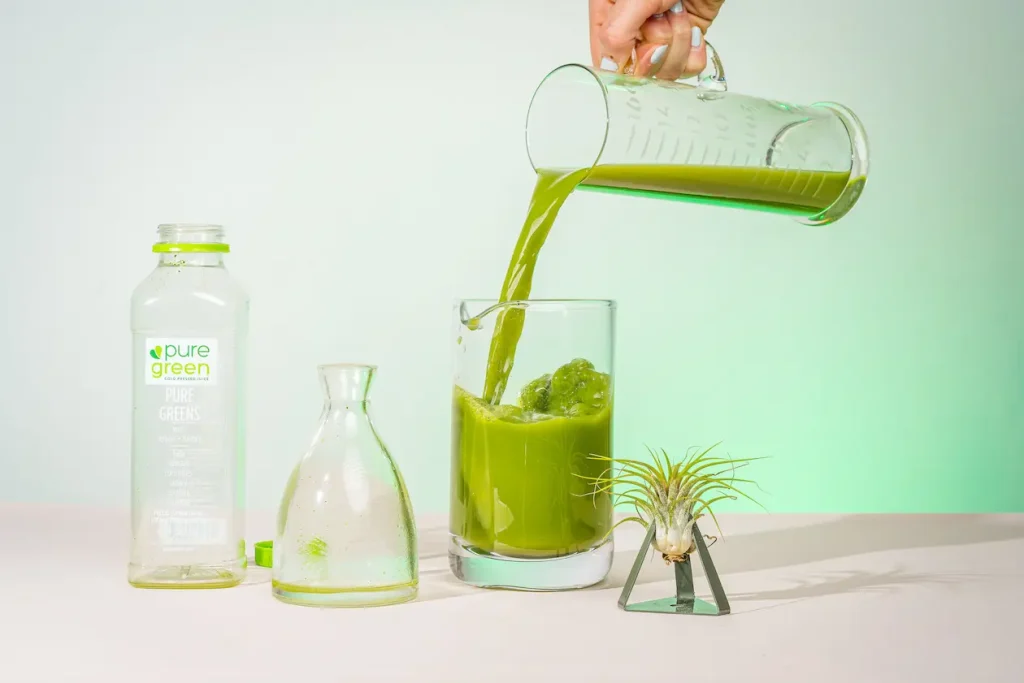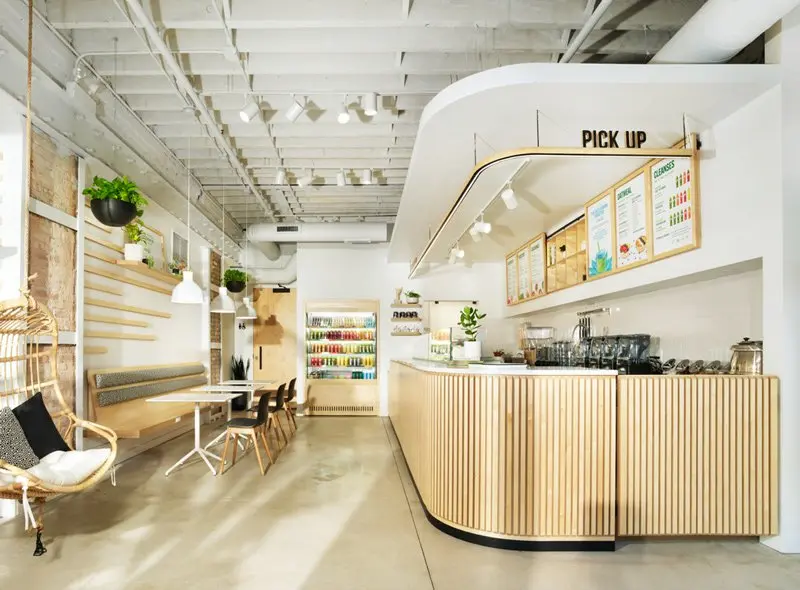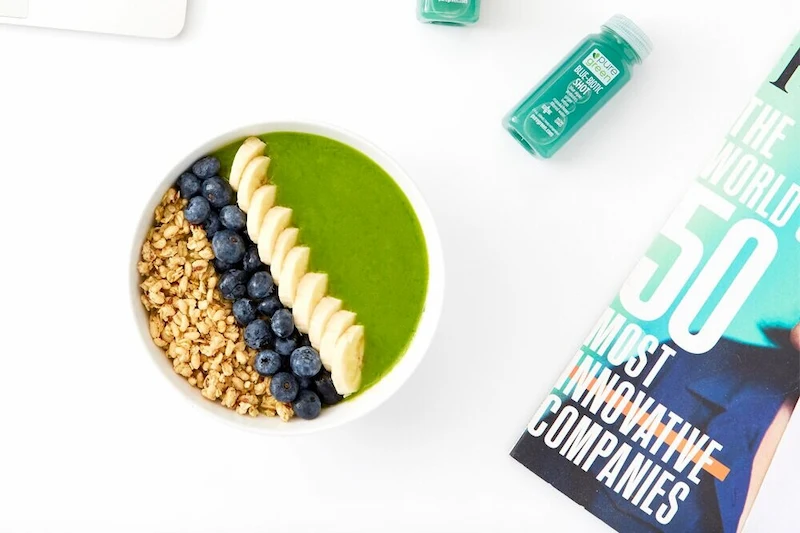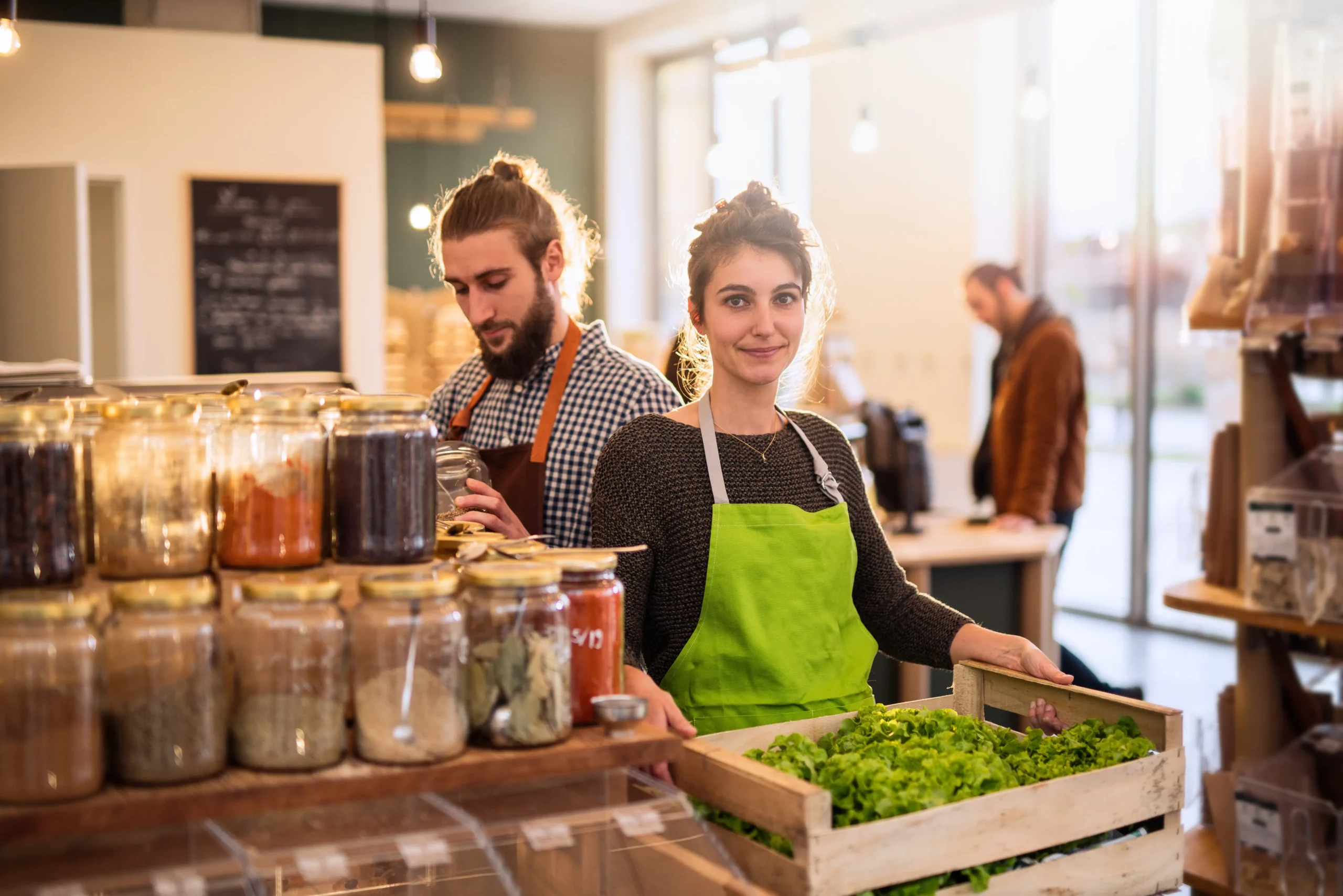Avoid These Common Mistakes When Juicing at Home
Juicing, if properly carried out, can provide a phenomenal kick-start to your well-being. Conversely, if improperly executed, you are negating any of the prospective advantages of a juice cleanse. For example, rather than shedding pounds, you can inadvertently add them! Or downing the juice in big gulps can result in gastrointestinal despair. The ideal approach not only rests on the acquisition of a good juicer but also on understanding what not to do.
A major error in juicing at home is the failure to balance vegetables and fruits. Most individuals have a tendency to use too many fruits, making their juices too sugary. As much as fruits make the juices tasty and sweet, it is crucial to use them in moderation, particularly for individuals watching their sugar levels. A good starting point is to use a ratio that leans towards vegetables over fruits, e.g., 70% vegetables and 30% fruits. In this way, you are able to gain the antioxidants and vitamins in fruits without too much sugar.
A second frequent error is overlooking the quality of fruits and vegetables. Incorporating non-organic or pesticide-rich fruits and vegetables can add toxins to your juice, making it unhealthy. Most individuals also fail to clean their produce well, which is important to get rid of dirt and bacteria. Taking heed of these factors can go a long way in maximizing the health value of your home-made juices and steering clear of the potential pitfalls of home juicing routines.
Home juicing can be a simple and convenient method of obtaining your daily servings of fruit and vegetables, but before you go to grab the juicer, continue reading to learn about the 12 most frequent errors individuals make when juicing at home.
1. Not Washing Your Fruits and Veggies
Pesticides do not taste good, but that is not the worst of it. Bacteria and germs can very easily pass onto your product from the surface when you cut and peel your veggies and fruits. You do not need to wash your peeled products with soaps or special washes. Just rinsing your ingredients well under hot water will be enough to ensure that you are receiving healthy, clean juice.
One of the errors in juicing at home that individuals tend to ignore is the incorrect mixing of vegetables and fruits. Although it’s alluring to combine different vegetables and fruits for taste, certain mixtures can actually hamper digestion and nutrient assimilation. For example, combining starchy vegetables such as carrots with fruits that have a high sugar content will often result in fermentation in the stomach, which leads to gas and bloating.
It’s usually best to juice vegetables and fruits separately or to combine them intelligently. Leafy greens go well with nearly anything, though melons, for instance, should be juiced by themselves. Knowing these combinations can really enhance the digestive benefits of your homemade juices. This knowledge also assists in getting the highest nutritional value out of every glass of juice so that you’re not only making tasty combinations, but also healthy ones.
2. Using Only Fruits and No Veggies
Fruit juice is delicious, but let’s not forget about the high sugar content that contributes to the flavor. Yes, fructose is much healthier than refined sugar, but the quantities should still be kept in check. Your best option is to add a touch of fruit to green juices for a pop of extra flavor, but keep your rations balanced to avoid elevating your blood sugar levels. As a rule of thumb, try to incorporate roughly 40% of fruits and 60% of veggies into your homemade juice. The greener the base juice, the even better. Kale and spinach, for instance, are taste-neutral and are packed with chlorophyll, calcium, and iron.
Diabetics, especially, need to be cautious about not taking in too much fruit juice per day. The fruits should be used as a sweetener, not as the primary component.
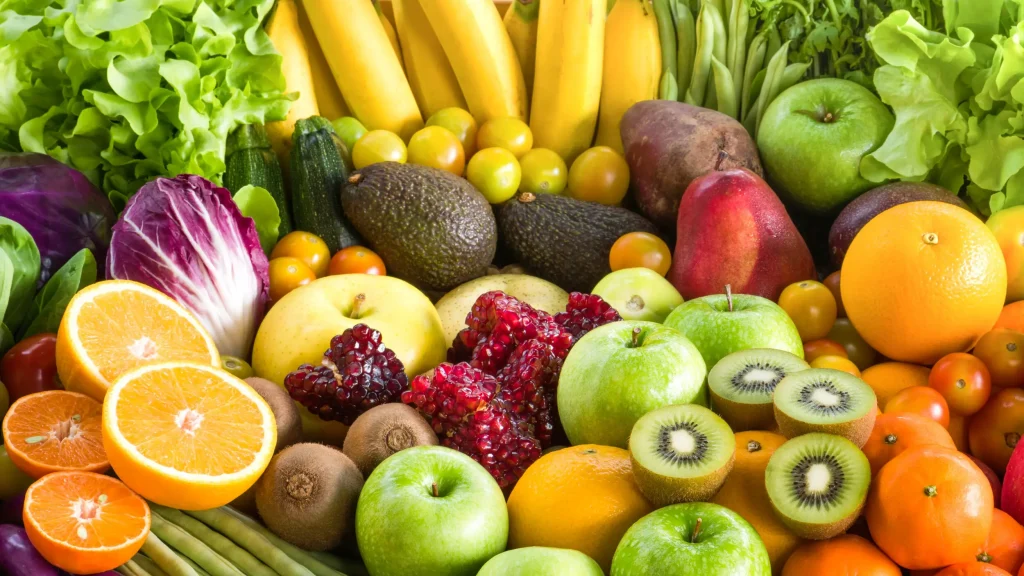
3. Waiting Too Long Before Drinking Your Juice
You might have observed that your cut fruits and vegetables discolor as soon as they are cut and come into contact with air. This oxidation process deteriorates the natural chemicals, and vitamins transform when they come in contact with oxygen, light, and heat. For the best value for money, ensure that you consume your freshly-made juice immediately after preparation to fully enjoy all the perks. At worst, you can store your juice in a tight-sealing, glass container for 24 to 48 hours in the refrigerator. It will still be palatable within this time frame, but the longer you take, the more nutrients you lose. Keep in mind that fresh juice is also unpasteurized, so it will go bad much quicker than the commercial type.
One of the most common errors in juicing at home is failing to take into account the type and speed of the juicer. Centrifugal juicers, as convenient and quick as they are, can actually add to the oxidation process because they introduce heat and air in the process of juicing. This, in turn, can cause the breakdown of nutrients in your juice to happen faster. Masticating or cold-press juicers, however, move at a slower pace with less heat, thereby retaining more nutrients.
Though these juicers may be a larger investment and more time-consuming to juice, they assist in preserving the most nutritional content of your fruit and vegetables. Thus, the selection of an appropriate juicer is important to make sure you get the best from your juicing experience. Moreover, knowing how to store and the shelf life of freshly squeezed juice can allow you to better plan your juicing routine so that you can drink the juice when it is most full of nutrients.
4. Drinking it Too Quickly
We’ve mentioned the agony of stomach pains that are waiting for you if you swallow your juice in a matter of seconds, but there’s also a health reason for sipping your juice. Like slowing down when you eat, sipping your juice also aids digestion and allows for proper absorption of vitamins and minerals. You’ve taken the time to prepare and make the juice, so sit back, relax, and enjoy the fruits (so to speak) of your labor. You can even chew the juice! Mixing saliva with your health drink will actually get more nutrients than simply swallowing it down in thirsty gulps.
In fact, not making the error when juicing at home of drinking your juice too fast is highly important for best health benefits. Not only is drinking your juice slowly better for your digestion, but it will also help you absorb sugars and nutrients gradually into your bloodstream. When juice is drunk too fast, it can contribute to a rapid intake of sugar, which may result in an insulin spike and even result in energy crashes afterwards. Sipping your juice slowly enables your body to effectively digest the nutrients and ensure a more consistent blood sugar level.
This also encourages the proper hydration and enables you to get the full value of the taste and nutrition of your juice. Keep in mind that the secret to getting the most out of your freshly made juice is in the slow and mindful drinking, enabling your body to make the best use of the nutrients delivered.
5. Drinking Your Juice With a Meal
It is best to always drink your juice on an empty stomach so that your digestive system can truly absorb all the goodness. If you take it with a meal, or shortly after, the benefits of juicing are lost. Your digestive system will be prevented from absorbing the minerals and vitamins into your bloodstream immediately if your stomach is full. As a general rule, it is best to wait two hours between meals, and 20 minutes after your juice to eat. The very best time to consume juice is in the morning before breakfast, but you can have it in between meals if energy levels are low.
A typical error when juicing at home is failing to take note of the kind of produce that goes into your juices. Although it’s nice to consume juice on an empty stomach for maximum nutrient absorption, the ingredients you use are also a significant factor.
Most individuals prefer using fruits alone in their juices, which might result in high consumption of natural sugars. In order to get the most out of the health benefits and least amount of sugar content, one should balance vegetables with fruits. Vegetables such as kale, spinach, cucumber, and celery not only reduce the sugar content but also increase the necessary nutrients and fibers, which can help in digestion and general well-being.
Also, utilizing organic fruits and vegetables whenever you can minimize the consumption of toxic pesticides and chemicals. By paying attention to the quality and balance of ingredients in your home juices, you can make them more nutritious and be able to reap the complete range of advantages of home juicing.
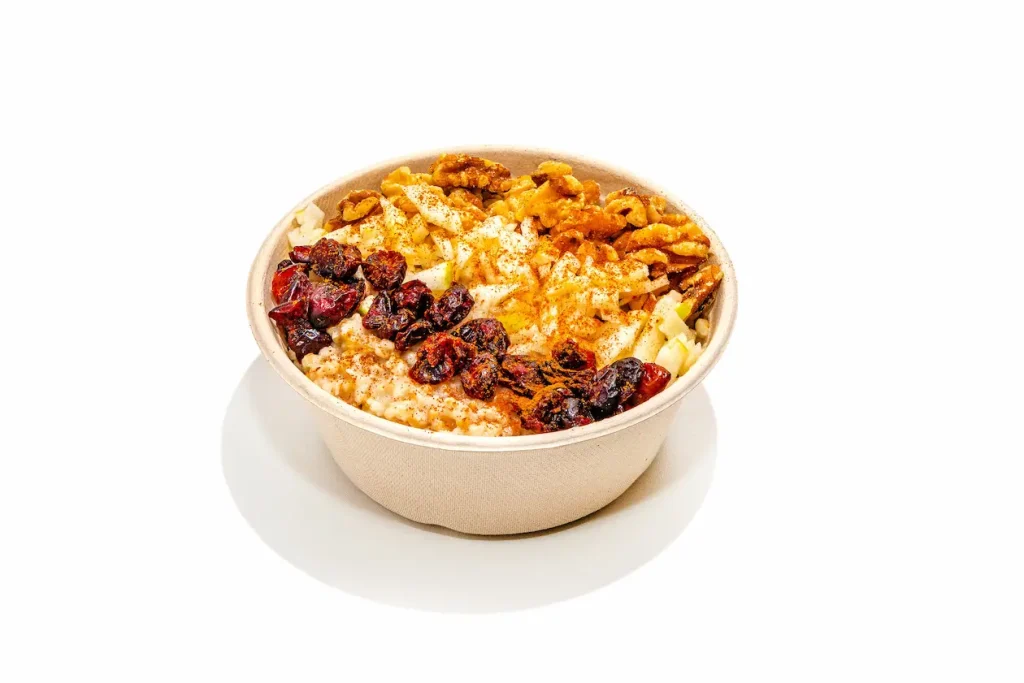
6. Storing Your Juice in a Plastic Container
As we’ve mentioned before, you want to drink your juice as fresh as possible. But in case you must keep your juice in the refrigerator, ensure that you keep it in a glass container with a tight and airtight seal. Better still, use a smaller container that you can fill up. This will ensure unnecessary oxidization is avoided. Most plastics are not airtight and have dangerous chemicals such as BPA (Bisphenol A) which slowly leach into food. BPA in the blood, as stated by the CDC, interferes with the release of hormones.
A further error in juicing at home is ignoring the value of correct ingredient preparation and juicing method. As important as storing juice is, how you process and prepare your ingredients also has a direct effect on your juice quality. For example, failing to wash fruit and vegetables correctly can lead to bacteria and pesticides entering your juice. Also, using a juicer that creates excessive heat will kill off some of the more delicate vitamins and enzymes within your produce.
It’s essential to employ a gentle juicing process that will keep your ingredients nutritionally intact. In addition, improper handling or rough chopping of ingredients prior to juicing may result in the loss of nutrients. Proper preparation of your produce and the correct juicing tool can really make a big difference in maintaining your homemade juices’ nutritional content and health benefits.
7. You Don’t Pre-Cleanse
If you are going to go full-force on a 3-day juice cleanse, then it is also important that you pre-cleanse in the days preceding your juice-only diet. Start gradually by cutting out processed foods, red meats, and dairy products. This will really assist your body in ridding itself of toxins much more quickly without the more visible side effects.
One of the most popular errors when juicing at home, particularly while planning for a juice cleanse, is failing to hydrate adequately. As much as cutting out particular foods is significant, most individuals overlook that sufficient hydration is also a very important element of this detoxification process. Throughout a juice cleanse, as well as in the days prior to it, you should consume more water. Water assists in removing toxins and helps maintain kidney and liver function, which are instrumental for successful detoxification.
In addition to this, proper hydration can suppress hunger pangs and give the feeling of fullness, which is especially useful when on a juice-only diet. It is advisable to consume a minimum of 8-10 glasses of water daily during the pre-cleanse and cleanse phases. Missing this component can result in dehydration, which may negate the purpose of the juice cleanse and can lead to unnecessary discomfort or health problems. Keep in mind, an effective juice cleanse is not only about what you remove from your diet, but also about keeping yourself hydrated to help your body’s natural detoxification processes.

8. You Are Not Hydrating Enough
We understand by now that water constitutes two-thirds of our body weight. Just because you’re juicing, or on a juice cleanse doesn’t mean the juice replaces your daily water intake. Keep yourself hydrated, and consume sufficient water to allow the juice to do its work of cleansing toxins from your system. Keeping yourself hydrated will also fight headaches and fatigue, which are normally usual side effects of proper juice cleanse.
A common error while juicing at home, is the ignorance of the need for water even while taking a large amount of juices. Although juices are fluids and they hydrate, they should not be substituted for your daily water consumption. Most individuals on a juice fast or those who take homemade juices on a routine basis make the wrong assumption that the juice alone is enough to provide hydration. Nonetheless, plain water is vital in ensuring proper hydration, as it aids in body temperature regulation, nutrient transportation, and waste elimination.
Not drinking sufficient water can cause dehydration, which may not be so obvious when taking a high amount of fluid in the form of juice. This can lead to decreased kidney function, dizziness, and compromised mental function. So, make sure that you still drink water during the day, at least 8-10 glasses, on top of your normal juice consumption. This helps keep your body well-hydrated, complementing the cleansing action of the juices and preserving overall well-being.
9. Too Much Caffeine
The less stimulants you have in your system, the greater the health benefit of juicing. You might be depending a lot on your caffeine intake, particularly in the morning, but as your body gets more of the nutrients from the juice, you may discover that you don’t have to depend on that cup of coffee to wake you up. You don’t necessarily have to cut out your favorite cup of coffee from your routine, but just keep it as a guilty pleasure nonetheless. Instead try substituting your coffee intake with teas.
A commonly forgotten error when juicing at home, specifically is not sufficiently limiting caffeine consumption when juicing. As much as it is tempting to have a cup of coffee, too much caffeine can negate some of the medicinal advantages of juicing. Caffeine is a diuretic and can cause excessive fluid loss, which may interfere with the hydration balance that is highly significant during a juice cleanse or frequent juicing regimen. In addition, excessive caffeine can also result in restlessness, nervousness, and interfere with your sleep patterns, which can slow down the body’s natural healing and rejuvenation processes that juices enhance.
To get the most out of juicing, it’s a good idea to wean yourself off caffeine gradually and find some healthier options such as herbal teas. Herbal teas can be a calming and refreshing alternative, and they have their own set of antioxidants and health benefits without caffeine side effects. By limiting caffeine, you enable your body to respond fully to the healthy impacts of the juices, resulting in more positive overall health results.
10. You're Not Adjusting Your Diet
In fact, juicing is an excellent method of getting your daily quota of vitamins and minerals, yet it isn’t a miracle cure on its own. After you’ve turbo-charged your system by consuming juice, you wish to keep your energy level as well as new spunk. Meaning, you should make some permanent dietary changes. You should start adding increasingly more whole foods, salads, soups, legumes, and steamed or raw vegetables to your diet while you work on lowering your animal protein consumption.
Aside from a critical error when juicing at home, not making required dietary adjustments in conjunction with your juicing regimen is also one. Although juicing offers a high amount of vitamins and minerals, depending on juices alone without changing your general diet can restrict the amount of health benefits. A well-rounded diet consisting of complete foods is what long-term health and wellness depend on. This involves incorporating an assortment of nutrient-dense foods like whole grains, nuts, seeds, legumes, and plenty of fruits and vegetables, on top of your daily juice consumption.
Decreasing the intake of processed food, sweets, and large quantities of animal proteins is also essential. These dietary changes guarantee that your body gets a broad spectrum of nutrients for it to function at its best. By integrating juicing into a balanced diet, you can get the most out of the health benefits, preserve energy levels, and promote a sustainable, healthy way of living. Keep in mind, juicing is meant to supplement your diet, not entirely substitute it.
COLD PRESSED JUICES FROM PURE GREEN
We’ve lauded the great virtues of consuming natural juice, but nothing hits quite as hard as a good dose of cold-pressed juice. What really sets cold-pressed juice apart from the rest is how it’s made. Domestic juicers utilize centrifugal blades that create a level of heat friction whereby nutrients are lost during the process. Cold-pressed, however, is made by a hydraulic press that extracts 100% of the goodness without any compromise.
The best part of a juice bar franchise such as Pure Green is that you don’t even need to step out of the house to avail quality cold-pressed juices! In case you don’t have an outlet near you, or simply want to place an order from the comfort of your own home, Pure Green delivers to your doorstep. It’s an ideal solution for busy but healthy individuals!
